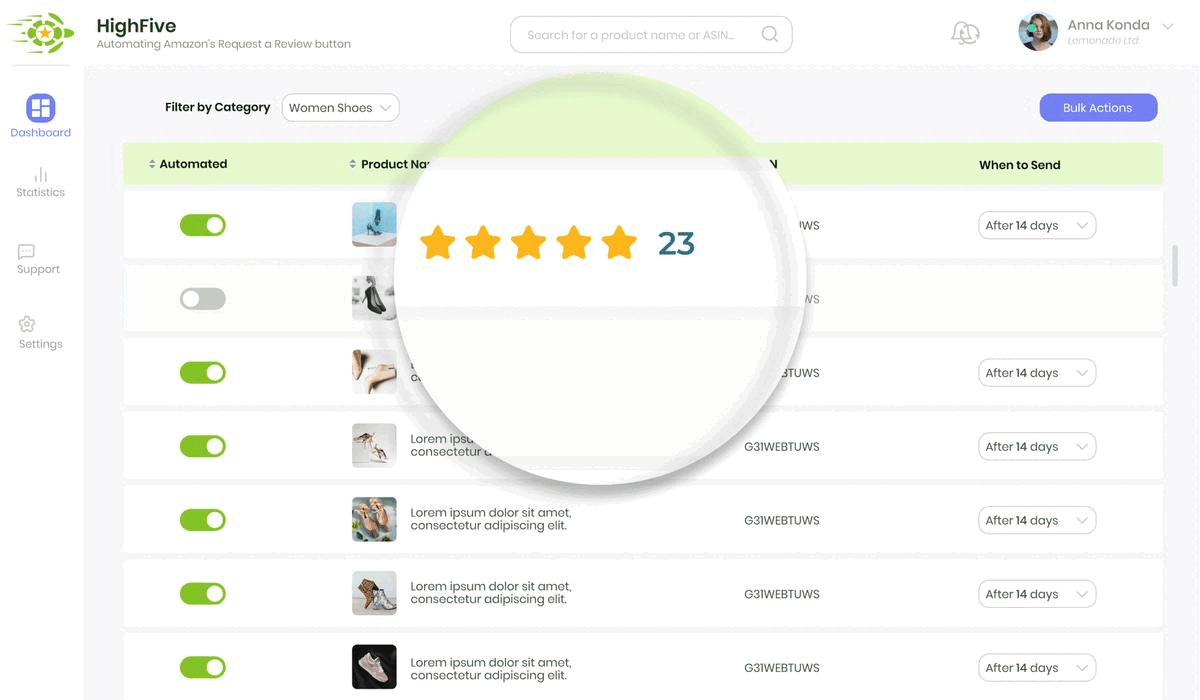On a personal note, the world of pay-per-click advertising can serve as a double-edged sword. The thrill of seeing your product or service gaining visibility in the crowded online marketplace is often tempered by the sting of paying for clicks that lead to nowhere.
In essence, the power of negative keywords in Amazon ads is a compelling testament to the importance of precision in advertising. It's about understanding that every click matters, but not every click is beneficial.
Optimize ROI with the Power of Negative Targeting
Regular keyword targeting display your ads in a shopper’s search that contains terms matching your selected keywords.
Negative keyword targeting has the opposite effect.
What are Negative Keywords?
Negative keywords narrow your target audience and prevent your ads from displaying when the keywords you choose match a search term. Essentially, your negative keywords on Amazon show that you don’t want your ad to appear in certain searches.
How does this strategy work exactly, and what are some negative keyword targeting examples?
What Is Amazon Negative Keyword Targeting?
In pay-per-click advertising (PPC), every click counts. In some cases, your ad might be costing you money when it doesn’t need to.
Let’s say you sell wicker baskets on Amazon and have a bid on keyword “baskets”. It’s possible that your ad will appear in any search containing the same keyword. However, not all shoppers are looking for wicker baskets specifically.
If a shopper searches for “fabric baskets,” your ad might still appear even though it isn’t entirely relevant.
In this case, the shopper might click on your ad by accident. You will still have to pay for this click despite there being no chance of a sale.
Reduce Advertising Cost and Increase your ROAS
Easily reduce your overall advertising cost and increase your Return on Ad Spend (ROAS). Simply reduce your irrelevant searches (in this case, “fabric baskets”) with negative keywords in your Amazon ads.
Using negative keywords will keep your amazon advertising from appearing in hundreds or thousands of searches. Many of those irrelevant search queries are not getting any conversions or profits.
Why Use Negative Targeting on Amazon?
Negative keyword targeting is an option in two types of Amazon PPC ads: Sponsored Product Ads and Sponsored Brands. You can add negative keywords in your Amazon keyword tool when selecting automatic amazon targeting or keyword targeting strategy.
Use negative keyword targeting to remove your ad from irrelevant and profitless searches. You may already know what these terms are. In other cases, you will learn that some keywords are better than others.
For instance, let’s say that you have bid on the keyword “shampoo”. You may find that some repetitions of this keyword result in higher conversion rates for your product.
For a negative keyword example, a shopper might search for “color protecting shampoo.” You may find that the ad has a low conversion rate for this specific keyword. By adding this to your negative keywords list, you can focus your campaign in more profitable areas to maximize your ROI.
Finally, consider combining negative keyword targeting with negative product targeting to optimize the quality of traffic you receive on your listings.
